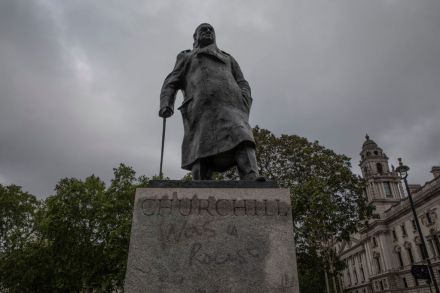Sadiq Khan’s statue review is a mistake
What should we make of the clamour for more statues to meet the same fate as Edward Colston’s? One thing to say is that the toppling of monuments is rarely historically literate. During the French revolution, Parisians destroyed twenty-eight statues of biblical kings from the west façade of Notre Dame Cathedral. In their zeal, it didn’t matter that the 500-year old statues didn’t actually portray the kings of France. Countless pieces of art, books and historical artefacts have been lost to this kind of ideological erasure. Finding themselves in the illustrious company of the Taliban and Islamic State, it is wrong to describe this weekend’s iconoclasts as mere vandals. Even





















